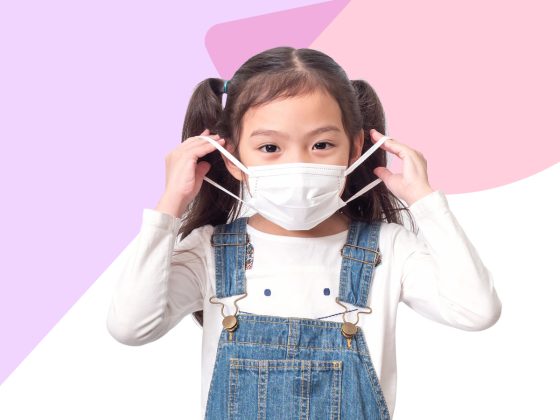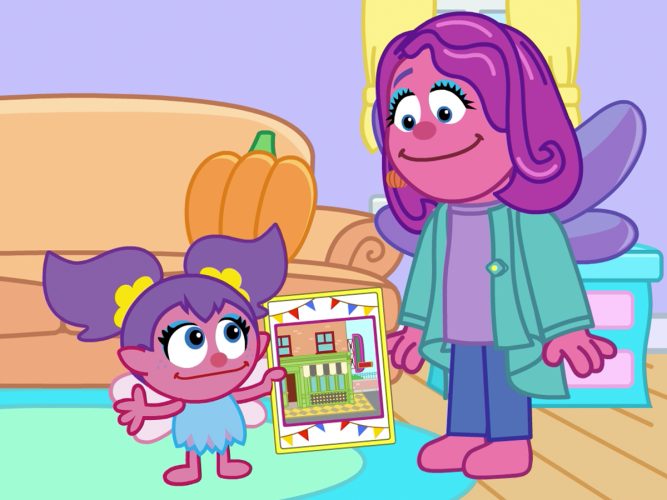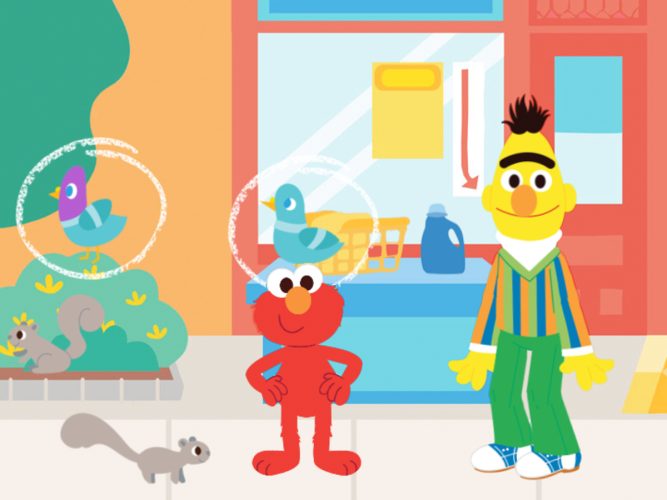
The Same, But Different
As communities open up and families begin to return to familiar places, together we can adjust to a new way of doing things—while keeping everyone safe.
Businesses and communities are starting to open up after being on “pause.” Children (and grown-ups) may be excited to return to favorite activities and places, but these things aren’t quite the same and everyone will need to do some things differently. But there are ways to navigate this transition—consider the ideas below.
As restrictions begin to lift and many of us start to move more freely, children especially may be confused as you all try to return to a “normal life” that doesn’t feel exactly normal.
Children are probably excited to go back to their favorite activities, stores, and restaurants (which may have long lines), but those beloved places aren’t quite the same. It’s a complicated transition! You can explain that everyone is doing things a little differently for now to help everyone stay healthy.
Explain that some things will stay the same. We will still:
- wash our hands often
- wear masks (you might practice wearing masks for longer periods of time)
- stay a safe distance from others (before going into a store, you can remind children what six feet looks like by standing six feet away from them)
- sneeze or cough into the corners of our elbows
- practice healthy habits like sleeping enough, eating well, and moving around
But also point out that as we start to do some of the things we used to do, some things will be different now, especially as we enter stores, restaurants, or public places like buses. We’ll need to:
- keep our hands to ourselves
- keep six feet apart in lines
- be patient while we wait in lines (which may be long!)
Living in the “What-If” Time
Of course, there’s anxiety around just not knowing what the future holds yet (“What if I can’t have my friends over for my birthday party in August?” “Will I still go to school?” “What if school starts again but then has to close?”). You can tell children:
- We don’t always know when changes will happen or how long they will last, but I will tell you everything I know about what to expect.
- Your teachers/schools will tell us more, and we will all get used to the changes.
- Things might change and then change again, but we will work together to make it easier, and we will be okay.
- Lots of grown-ups are working hard to figure out how to make everything easier for everyone as soon as possible.
- Two things that will never change are the love in your family and the hope that things will be better soon.
And you can:
- As much as possible, keep in close communication with your child’s teachers and care providers about what to expect as new arrangements are decided.
- Support children in playing through their “what if” fears: What if their fears really came true, what would happen then? (Sometimes imagining the worst helps us see we can handle it.)
- Continue helping children build resilience by encouraging them to talk about their feelings, ask questions, name their feelings, and stay in touch with people they love.
Remember that for months now already, your family has been learning ways to cope with this unusual challenge. Even without knowing exactly what the future looks like, you’ve all grown stronger in new ways, and you will continue to move through this as a family team. With any hurdles that you may face in the future, you can remember how you got through this time together. This can help children build a foundation of confidence and resilience that lasts a lifetime!


